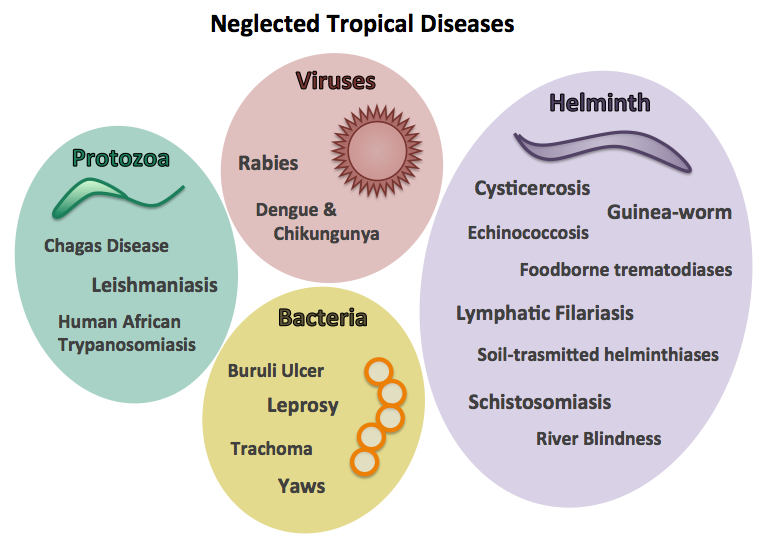Important Facts For Prelims
Snakebite Envenoming
- 06 Dec 2023
- 4 min read
Why in News?
Recently, a team of experts from a United Kingdom university have set up a pilot study in Burujhari village in Odisha, India to help it reduce the number of fatalities from Snakebite Envenoming (SE) and will look into solutions like an Early Warning System for snakes.
- India has the biggest burden of deaths due to Snake Bites in the world, with most of the cases in rural India.
- WHO (World Health Organization) formally listed Snakebite Envenoming as a highest-priority Neglected Tropical Disease (NTD) in June 2017.
What is Snakebites Envenoming?
- About:
- SE is a potentially life-threatening disease that typically results from the injection of a mixture of different toxins (venom) following the bite of a Venomous Snake and can also be caused by having venom sprayed into the eyes by certain species of snakes that have the ability to spit venom as a defence measure.
- Snakebite poses a significant daily health risk in rural tropical and subtropical regions of Africa, the Middle East, Asia, Oceania, and Latin America, particularly for the hundreds of millions of people in rural and peri-urban communities reliant on agriculture and subsistence activities for survival
- Impact:
- Many snakebite victims, mostly in developing countries, suffer from long-term complications such as deformities, contractures, amputations, visual impairment, renal complications and psychological distress.
- Deaths from SE:
- According to the World Health Organization (WHO), around 81,410 to 137,880 people around the world die each year because of snakebites.
- WHO’s Roadmap for SE:
- WHO launched its roadmap in 2019 with an aim to halve death and disability from snakebite by 2030.
- In order to create a sustainable market for antivenoms there is a need for a 25% increase in the number of competent manufacturers by 2030.
- WHO has planned a pilot project to create a global antivenom stockpile.
- Integrating snakebite treatment and response into national health plans in affected countries, including better training of health personnel and educating communities.
- WHO launched its roadmap in 2019 with an aim to halve death and disability from snakebite by 2030.
- Indian Initiatives:
- Much before the WHO roadmap was launched, researchers from Indian Council of Medical Research (ICMR) started community awareness and health system capacity building from the year 2013.
- In alignment with WHO's Snakebite Envenoming Strategy and the United Nations' Sendai Framework for Disaster Risk Reduction, India ratified a National Action Plan in 2015 to combat this issue.
What are Neglected Tropical Diseases (NTDs)?
- NTDs are a group of infections that are most common among marginalized communities in the developing regions of Africa, Asia and the Americas.
- They are caused by a variety of pathogens such as viruses, bacteria, protozoa and parasitic worms.
- NTDs are especially common in tropical areas where people do not have access to clean water or safe ways to dispose of human waste.
- These diseases generally receive less funding for research and treatment than malaises like tuberculosis, HIV-AIDS and malaria.
- Examples of NTDs are: snakebite envenomation, scabies, yaws, trachoma, Leishmaniasis and Chagas disease etc.





